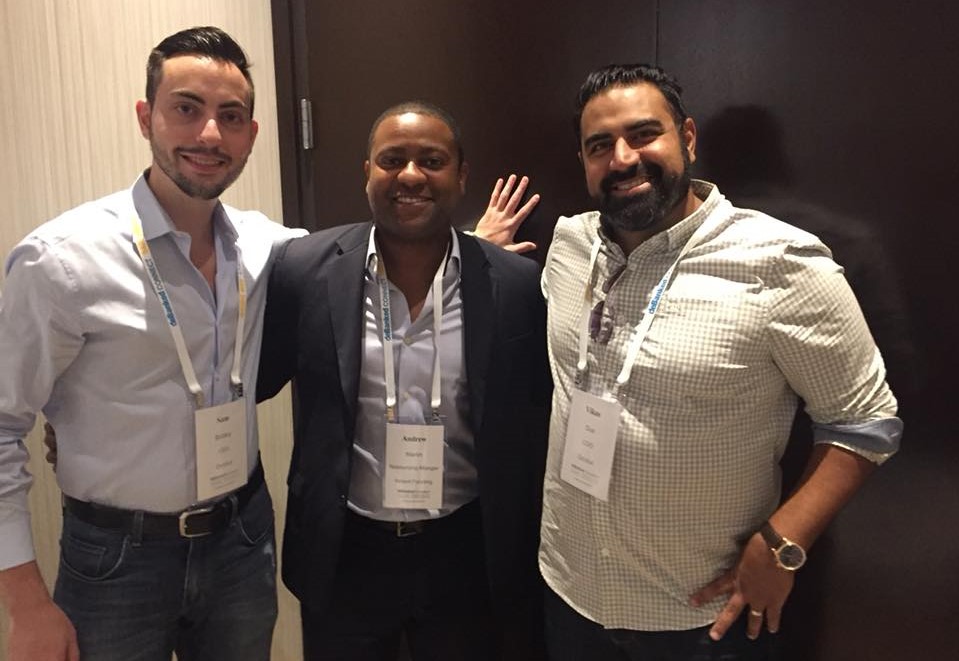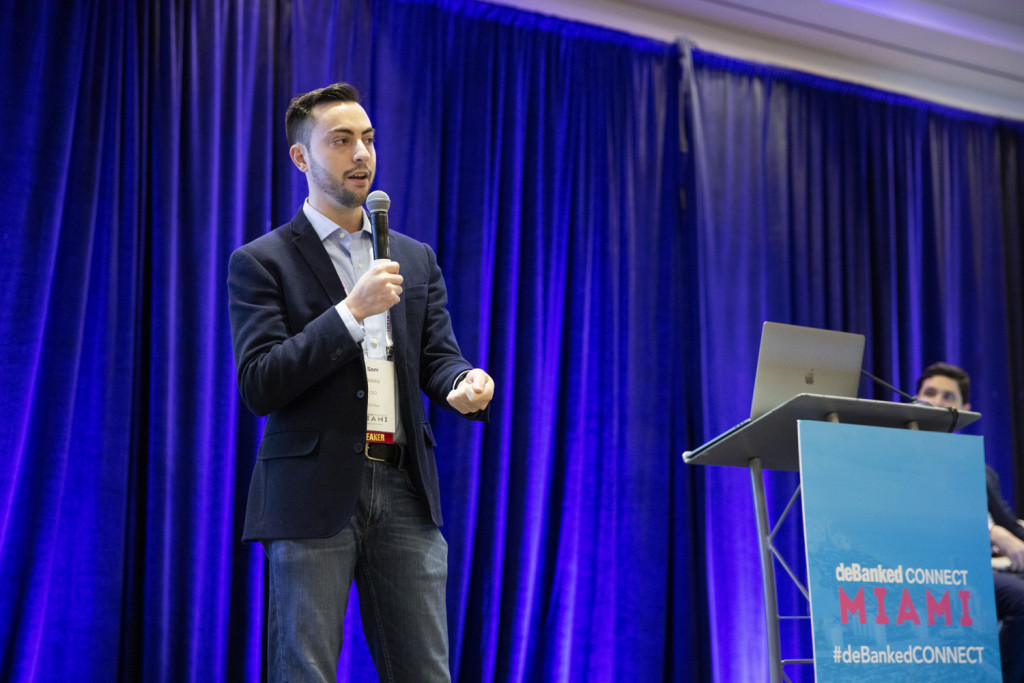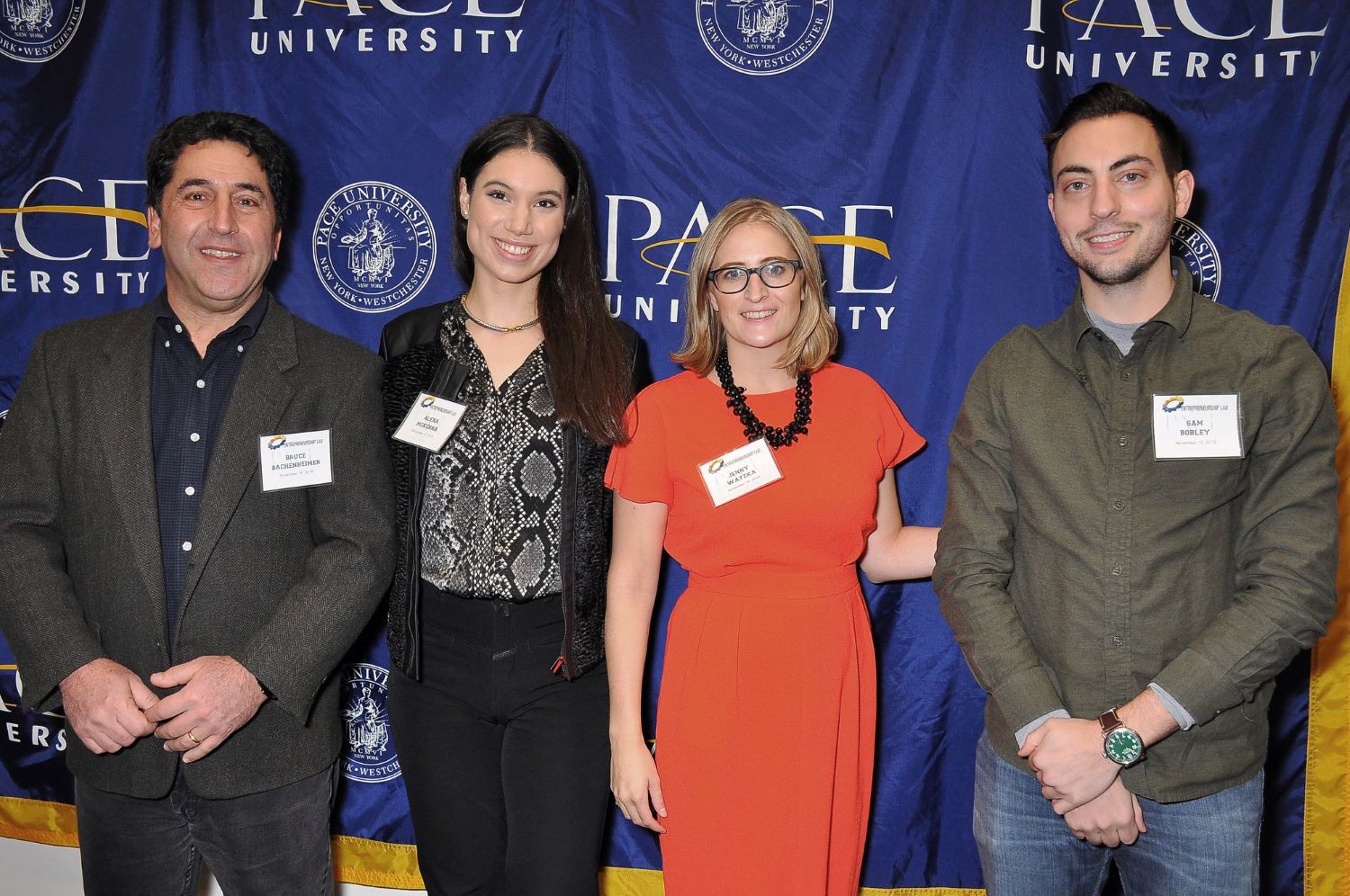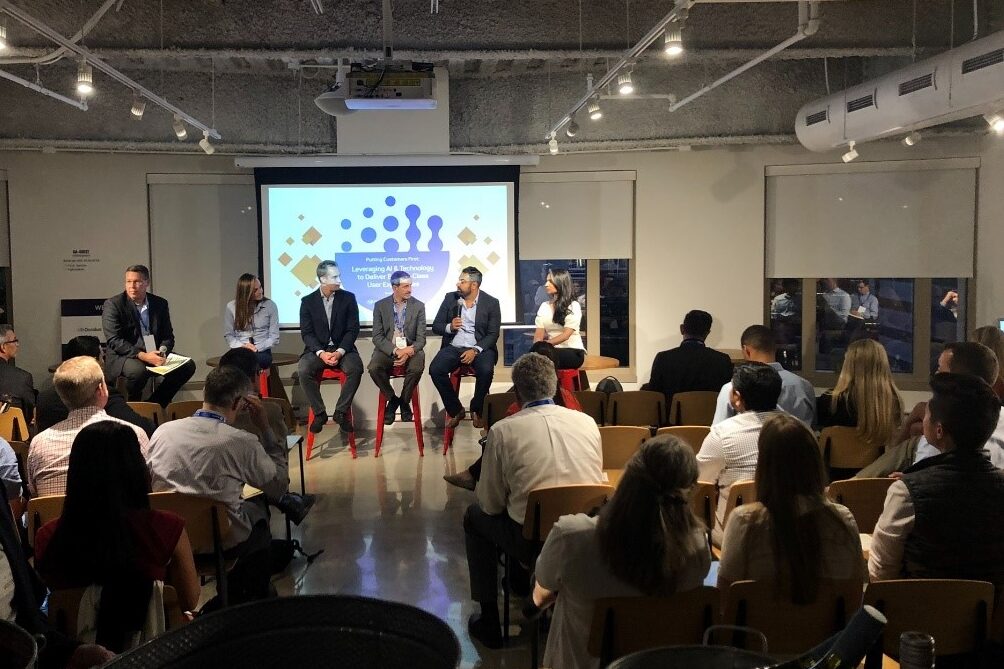Ocrolus & The Automation Story behind This Promising Behind-the-Scenes Fintech
Should you be interested in the financial industry, you must hear about Ocrolus – an underlying platform that helps industry professionals make sense of data with industry-specific analytics to optimize decision-making. Ocrolus was recognized the fastest growing fintech business by Inc. Magazine, and it was also ranked the 30th fastest growing company in the United States in August of 2020. So, what sets Ocrolus apart? Sam Bobley, CEO and Co-Founder of Ocrous, attributes the company’s rapid development to the Ocrous API’s speed and accuracy.
“Lenders who were not using Ocrolus were not able to get to underwriting decisions as fast as lenders that were using Ocrolus – we saw a domino effect,” Bobley said. Bobley also stated that, whereas competitor document applications struggle with the accuracy at which they can read documents, landing somewhere in the 70-85 percent accuracy area, Ocrolus achieves above 99 percent accuracy.
Given how awesome it is, let’s read the article to uncover how this fintech business was formed and developed.
The Growth Trajectory of Ocrolus
Founded in 2014, over 7 years, Ocrolus has risen by 8,000 percent to become the industry’s leading platform in standardizing data extraction. Today, with the vision is to help financial services companies make high quality decisions in an automated and efficient way with trusted data, Ocrolus processes over 500 million financial transactions, converting 30 million pages of financial papers into data per year.
Although Ocrolus is now primarily focused on financial services, this was not always the case. In 2014, the company’s initial gamble was on the healthcare business, when it used artificial intelligence to handle Medicaid applications.

From Medicaid to Loan Applications
The genesis of Ocrolus came from a conversation Bobley had with his dad when he was in college. According to his dad’s elder law attorney complain, every Medicaid application requires hundreds or thousands of pages of bank records and other financial paperwork. For every Medicaid application, when someone applies for long-term care Medicaid to enter a nursing home or assisted living facility, they’re federally required to submit 60 months’ worth of financial information along with their application. And what happens typically is elder law attorneys or nursing homes review these documents and find noteworthy transactions.
“I knew nothing about document analysis or Medicaid or any of that stuff at the time, but what I did realize was that this was a problem. Why are high-paid lawyers and paralegals spending their day, page by page, line by line, reviewing bank statements with a highlighter in a super old-fashioned way? It just didn’t make sense.” – said Bobley.
“Through our research, we came to the realization that there was no technology on the market to do this in a turnkey way, and to handle all of the different types of documents that one might see.” – That initial foundation is the root idea of Ocrolus.
However, he immediately recognized that the company’s technology might assist lenders automate the underwriting process. “Our thesis is if we can take out all of the necessary evils, like document review, and allow underwriters to focus on the actual analysis of financial health, it’s a win-win and creates a really fantastic complementary relationship between us and our customers,” – Bobley said.

A Breakthrough Change
The strategy worked out well. It was obvious that in the world of the Medicaid applications, lending firms had a greater volume of documents to process than nursing homes and attorneys, which allowed Ocrolus to scale and grow its income rapidly.
“And then the other thing that happened is kind of, as we were getting deeper and deeper into the space, the fintech space as a whole started growing massively,” Bobley explained. “So, we kind of had the perfect storm of a product market fit plus the market growing that allowed us to really ramp significantly and grow revenue.”
On the process of constructing a reliable platform, Bobley initially realized that optical character recognition, or OCR, and machine data capture couldn’t perform the job entirely since, in general, OCR can only handle financial documents with an accuracy of about 80% to 85%, according to Bobley. The machines have the most trouble with semi-structured and unstructured texts, as well as lower-quality pictures, because the format is unpredictable.
“So, pretty early on, we recognized that we needed human intervention in the process in order to achieve perfect accuracy every single time and also to create training data to constantly teach our machine learning models to get and drive additional automation,” he explained.
A Human-In-The-Loop Infrastructure
Ocrolus’ human-in-the-loop automation solution is complementary to robotic process automation (RPA) because it fills in the gaps left by this technology and eliminates manual review, according to Bobley.
“RPA companies like UiPath Inc. and Automation Anywhere Inc. typically provide a horizontal toolkit to allow banks and lenders to automate much of the mundane work like, for example, collecting information from emails or doing onboarding for a new employee or different types of tasks that a manual worker would have done, but can be automated with relatively simple code,” he explained. However, what happens in RPA workflows is that it becomes stuck with tasks that cannot be fully automated.
In fact, a robot might fulfill an intended loan flow, but it is unable to interpret a bank statement supplied as part of that flow. To address the problem, they send it to an underwriter, who does a manual analysis, enters essential information into a bank’s back-office system, and then returns the information to a robot, who continues the automation. In this operation, Ocrolus’ role is to fill in the gaps that have previously been done by hand. Consequently, a robot sends bank statements, pay stubs, or tax files to Ocrolus, which runs through its human-in-the-loop method and provides structured output to a robot, which then continues to the next step of the flow.
“In summary, the combination of robotic process automation and human-in-the-loop, which is what we’re doing, creates true end-to-end automated flows, rather than RPA by itself that might get you 80% of the way there,” Bobley pointed out.

Ocrolus offers software connections with UiPath and Automation Anywhere to help with this. Although RPA is not as prevalent in its core business, fintech, this technology is common in other industries, such as mortgage loans and traditional banks, which are Ocrolus’ new goals.
Ocrolus’ customers pay is usage based, either per application, per document or per page. By this way, it enables this business to be possible to subscribe for the processing of one document or millions of documents per month. Scalability and flexibility are other key features since they allow the firm to scale up and down to meet demand.
Build Model That Strengthens Customer Experiences
When Ocrolus first got the product ready for testing, it had some people lined up and got its initial positive feedback. That was the motivation for the founders that they realized they had something more than an idea and really a big business. And specifically, it based on the customer experience.
“When customers tested the product, and they were used to testing products that got them 75% accuracy, and then they evaluated ours and they got perfect data, they were like, “Oh my God, this is amazing, we could pay for this.” – said Boble about his initial time with Ocrolus. Even the application was not even ready to launch, the customers were ready to pay. That was kind of the indication for Bobley that this thing was ready for prime time, and the business had to scale up.
“Typically, when a customer starts using our platform, within one year of using our platform, they double their volume, and within two years they quadruple,” Bobley stated. One reason for this is that they are no longer needed to staff up and cope with the operational complexity of dealing with the variable amount of loans.
Today, the company employs more than 900 team members across 4 offices globally but was headquartered in New York City. And like Seinfeld, Bobley loves the city, especially as a thriving hub for fintech activity.
“There’s no better place to do it than in the heart of the financial center of the US here in New York City,” Bobley said. He believed that they were right near where a lot of their lender customers are operating – in which Ocrolus have played a central role in enabling lenders to fund small business owners in need fast.

Identify Path to Businesses Extension
This platform operates by giving businesses the tools they need to update their back offices with leaner, faster infrastructure and smart analytics. That empowering powers give it chances to advance further. “We were in online lending, which is a ridiculously small niche, its own universe. The bigger world for us was mortgage lending, banks, legacy financial institutions, maybe one day health and insurance, and all these other areas where our technology theoretically could be applied.” – This Bobley’s statement reveals Ocrolus’s potential.
The company’s growth improves the above thesis. Today, Ocrolus are still focused on lending. However, it is moving from online lenders to more big lenders and banks. The growth over the last few years has given the business runners the confidence to continue investing, to really focus on replicating its success on a larger scale with legacy financial institutions.
Besides, Ocrolus is also expanding its use cases. Historically, small business lending was the core of this business. More recently, it has moved into consumer, auto, mortgage, additional asset classes. The deeper this business got into financial institutions, the more opportunities it explores to partner and coexist with a broader RPA player.
How to Get Opportunities from Covid-19?
Our world has been permanently altered by the COVID-19 epidemic. What started as a global standstill is quickly turning into a race to adapt as new data pours in and we get a better vision of our new reality. In the context that global productivity is still in recovery, we are in the midst of a historic economic crisis that will affect individual and company financial stability for months, if not years, to come.
In this new normal status, robust financial services will be solutions for many individuals and enterprises. Business which provides digital financial services (FinTech) are better placed to take advantage of this situation. FinTech companies, like everyone else, must be well – prepared not only to meet this growing demand, but also to scale up their corporate IT infrastructure while adapting to the new reality.
Not left behind, Ocrolus increases velocity in terms of latest sales opportunities, and it helps the business runners gain awareness with mortgage lenders and banks who are eager to invest in process automation, and online lending. It is the classic – Never let a good crisis go to waste. Ocrolus itself tries to understand the effects of the pandemic, and how it will cause changes in the field of financial services.

“We are one of the tools that really help the online lenders, and I think we’re now in a position where the banks can leverage our technology to increase efficiency in their own back office. I saw a stat the other day, and it said that 1% of the loans in the world are made online. Obviously, this is a pre-COVID stat, but I think it paints the picture. We had been successful in that 1% bucket. Our objective now is to back that 99% that are offline and help bridge them so that they can get online and modernize their process. I think it’s the right place and right time for us to be leaning into this opportunity.” – said Bobley.
“It’s always great when you know you can connect your work to a greater purpose for the community, so it’s really just a cool rewarding experience,”, Bobley said. To his point of view, in the future, what we’ll see is almost everyone will be offered a dual path, where we can still come in and have the personal touch, but we can also have an online-only option where we can do the process digitally sitting at home on our laptop.
The Bottom Line
By activating Artificial Intelligence and human-in-the-loop data validation process, Ocrolus directly eliminates the need for manual data review, plugs into customer workflows via API. This enables customers to make smarter and faster business decisions with unprecedented precision, open a new success path for data extraction standardizing.








